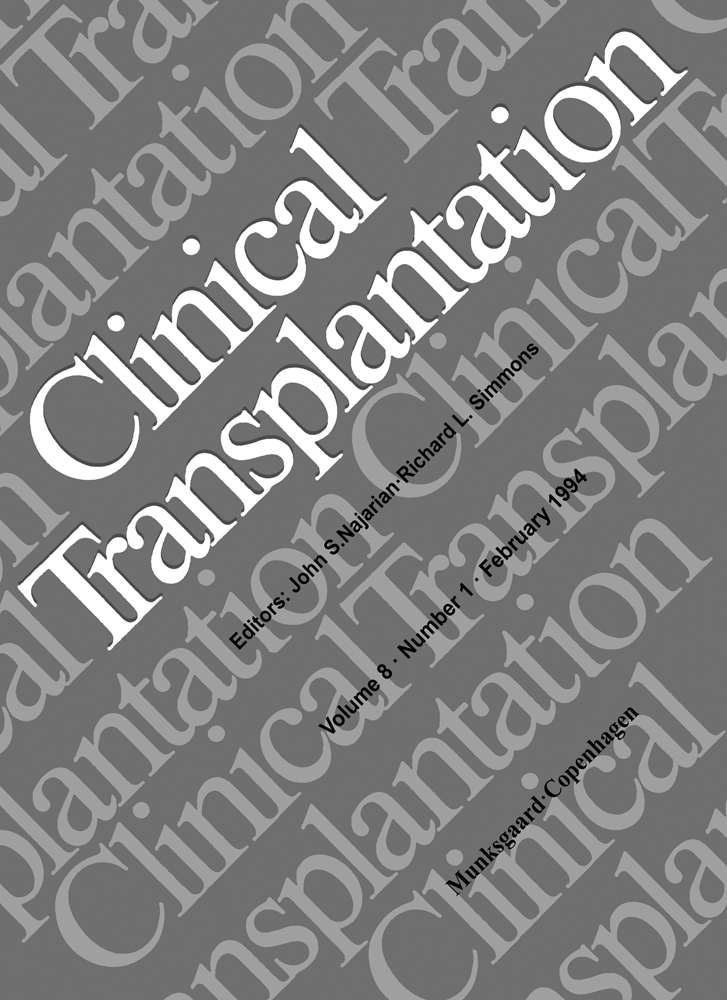Inferior vena cava obstruction after orthotopic liver transplantation
Abstract
Post-operative inferior vena cava (IVC) obstruction is reported as an uncommon complication after orthotopic liver transplantation (OLT). We report 6 cases after 245 OLT's in the period between March ‘79 and December ‘92. Compression or torsion of the IVC or a technical problem were underlying causes. Oligo-anuria was observed in almost all patients and was probably caused by renal vein hypertension. Doppler ultrasound has become an important tool for the diagnosis of this complication. Operative treatment was performed in almost all cases in order to correct causative factors. Thrombi above or at the level of the upper anastomosis of the IVC should be removed via the right atrium, during cardio-pulmonary bypass, in order to prevent pulmonary embolism. Thrombi in the IVC caudal to the liver can be removed by cavotomy with high positive end expiratory pressure ventilation.




